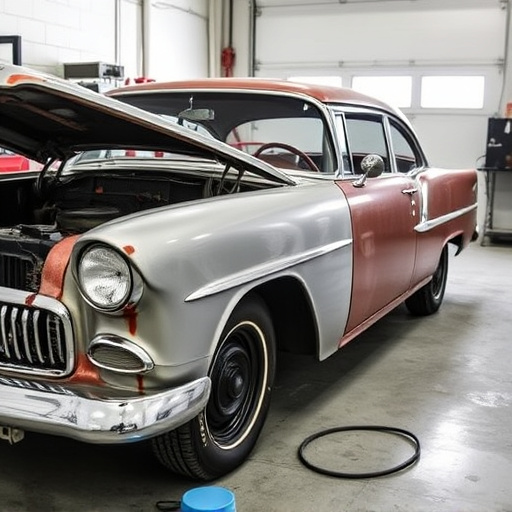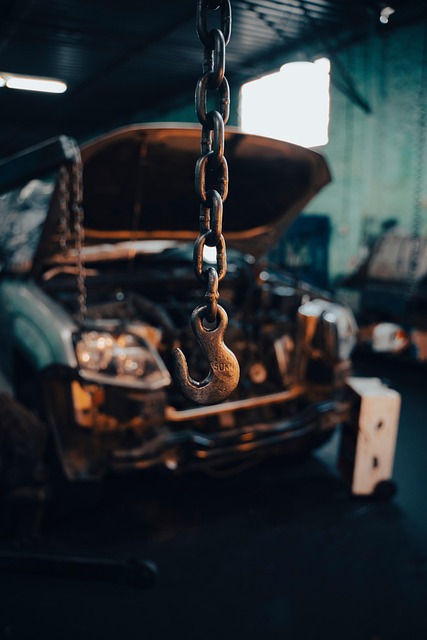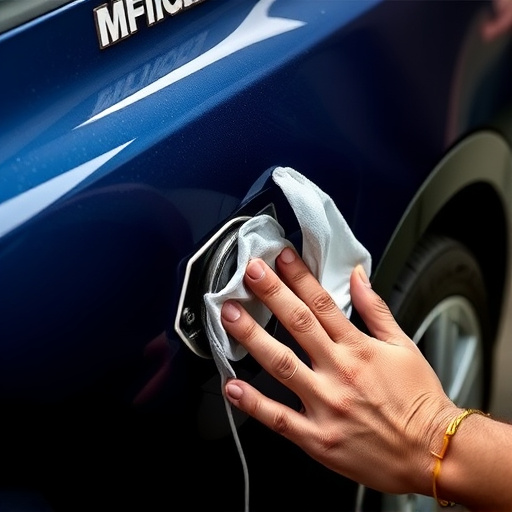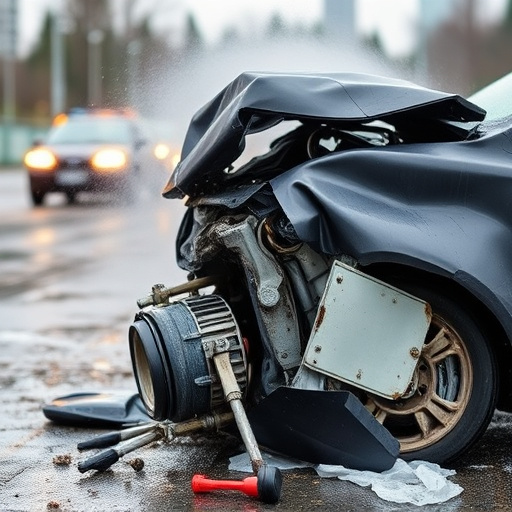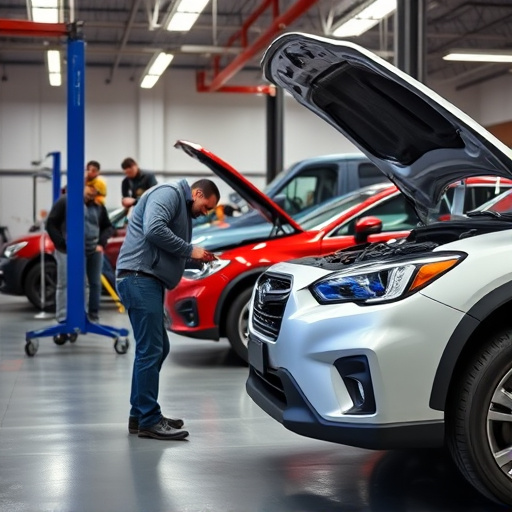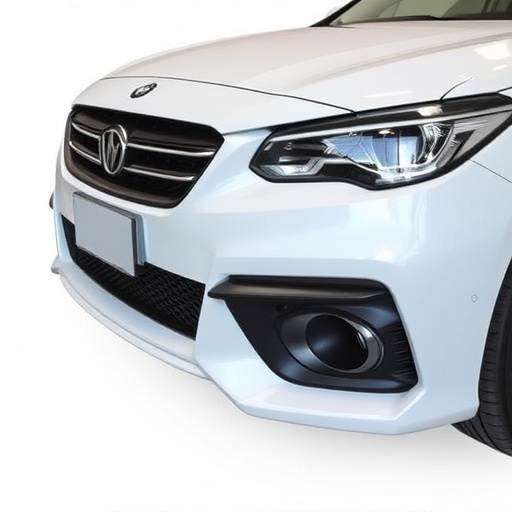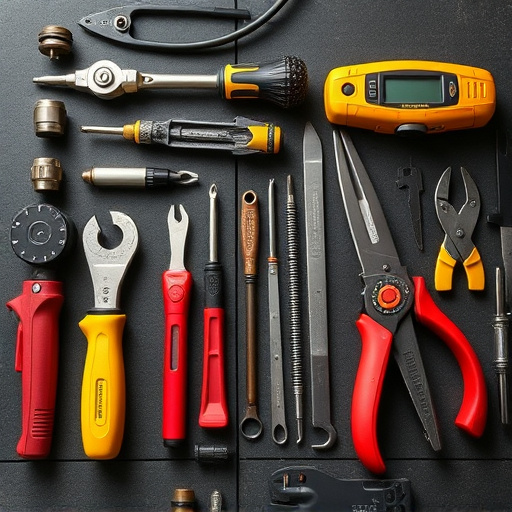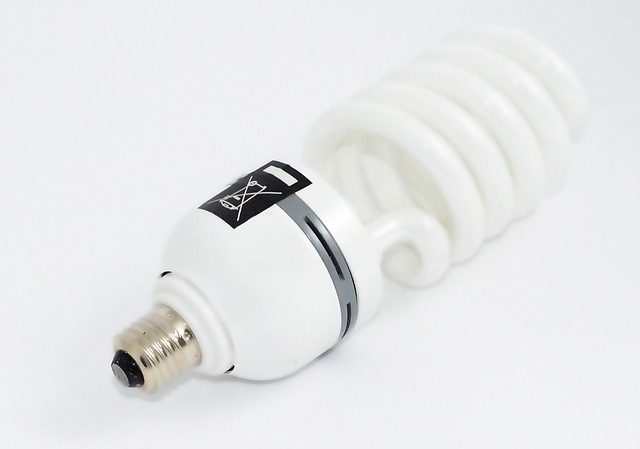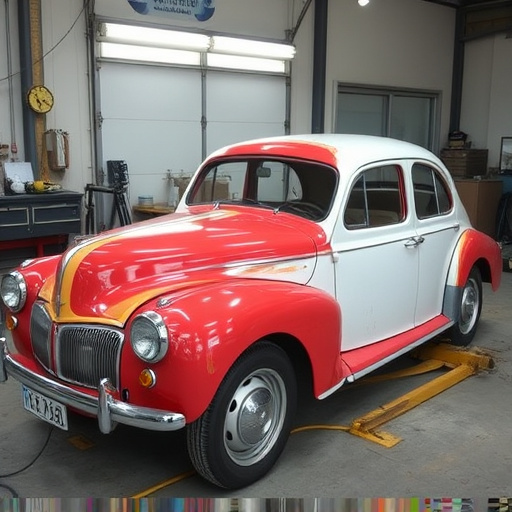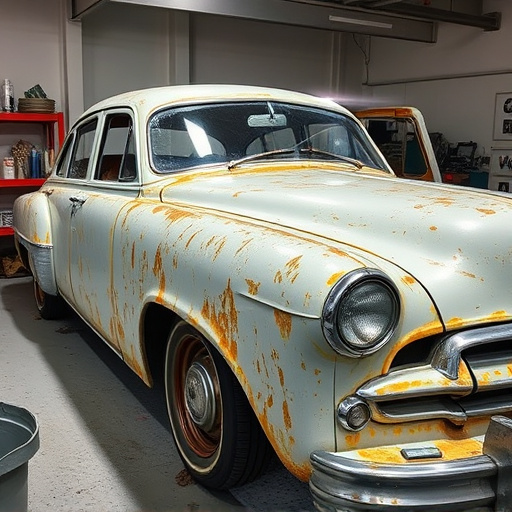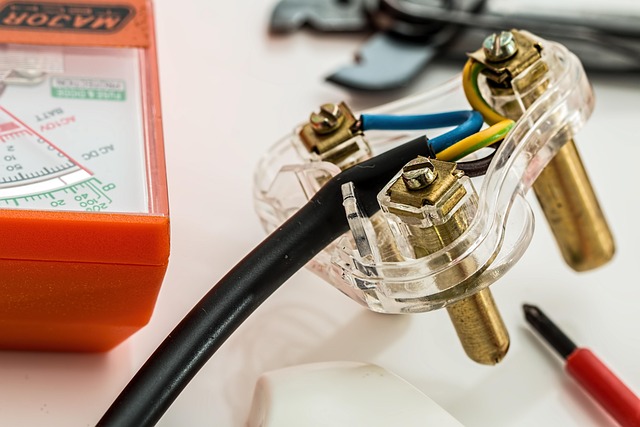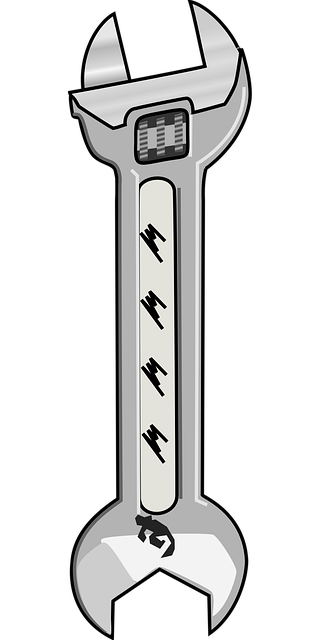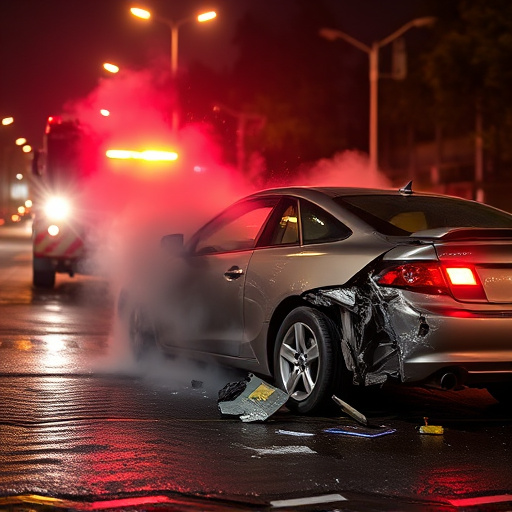Computerized paint matching systems utilize advanced algorithms and extensive databases to accurately match vehicle paint colors, revolutionizing auto body repair. These tools digitize historical data, manufacturer specs, and shade variations, enabling collision centers to cross-reference existing paint profiles with new or damaged samples for precise repairs. By streamlining workflows, reducing manual mixing times, and enhancing finish quality, this technology benefits customers with faster turnaround, accurate color reproducibility, and superior auto body services.
In the realm of automotive restoration and collision repair, accurate paint matching is paramount for achieving flawless finishes. Paint databases emerge as indispensable tools, serving as comprehensive repositories of paint code information and color formulations. By leveraging these databases, specialized software enables computerized paint matching—a game-changer in streamlining processes and enhancing efficiency. This article delves into the foundational understanding of paint databases, explores the power of computerized matching, and highlights the techniques and benefits that drive accurate results in this digital age.
- Understanding Paint Databases: The Foundation
- Computerized Matching: Enhancing Efficiency
- Accurate Results: Techniques and Benefits
Understanding Paint Databases: The Foundation

Paint databases serve as a comprehensive repository for information on various paint colors and formulations, acting as the backbone for computerized paint matching systems. These databases meticulously catalog historical data, manufacturer specifications, and shade variations, ensuring that each entry accurately represents a unique paint shade. By digitizing this vast knowledge, car dent removal and repair processes in auto collision centers become significantly streamlined.
Accessing these databases allows professionals in car body shops to cross-reference existing vehicle paint profiles with new or damaged paint samples, enhancing the accuracy of computerized paint matching. This advanced technology ensures that repairs are not only aesthetically pleasing but also precisely match the original vehicle finish, prioritizing customer satisfaction and the overall quality of auto collision services.
Computerized Matching: Enhancing Efficiency

Computerized paint matching is transforming the landscape of auto body services and collision repair, revolutionizing how technicians work with paint data. By leveraging sophisticated algorithms and vast databases of paint formulas, this technology ensures precise color matching for automotive repairs. This not only enhances the quality of finishes but also significantly speeds up the process, reducing the time spent on manual mixing and testing.
In the realm of computerized paint matching, databases play a crucial role by centralizing and organizing information on various pigments and coatings. This standardization facilitates seamless communication between auto body shops, parts manufacturers, and even insurance companies, streamlining workflows in collision repair. As a result, customers benefit from faster turnaround times, more accurate color reproducibility, and ultimately, superior auto body services.
Accurate Results: Techniques and Benefits

Accurate results in computerized paint matching are achieved through advanced techniques that leverage complex algorithms and vast databases. These systems analyze a multitude of factors beyond just color, including pigment formulations, shading variations, and even historical usage patterns. By comparing detailed spectral data, these technologies can discern subtle differences that human eyes might miss, ensuring precise matches for car restoration or automotive repair projects, whether it’s repairing a minor fender bender or an extensive overhaul.
The benefits of this enhanced accuracy are profound. For professionals in the automotive industry, it streamlines the process of finding and mixing the exact shades required, reducing waste and increasing efficiency. It also empowers do-it-yourself enthusiasts to achieve high-quality finishes at home, revitalizing their vehicles with expert-level craftsmanship. This advancement in computerized paint matching is revolutionizing car restoration, making it more accessible and precise than ever before.
Paint databases have emerged as a powerful tool in the automotive industry, revolutionizing how we approach computerized paint matching. By centralizing vast amounts of color data, these databases enable more accurate and efficient comparisons, leading to faster repairs and improved vehicle aesthetics. With advanced techniques like spectral analysis and machine learning, the accuracy of computerized paint matching has reached new heights, ensuring that vehicles return to their original, vibrant states. This technology is a game-changer, offering both cost savings and enhanced customer satisfaction in the body shop sector.
